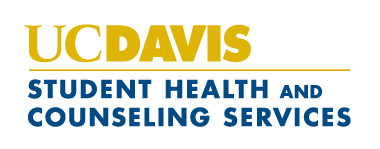Overview of Migraine Headaches
Migraine headaches are periodic attacks of intense pain on one or both sides of the head. When untreated, they typically last between 4 and 72 hours. They are three times more common in women than men and more commonly experienced between the ages of 15 and 55 years old. 70% to 80% of sufferers have a family history of migraine.
Headaches also can be classified as tension-type which is more common than migraine (see Tension-Type Headaches). The cause of this type of headache and migraine headache is not completely understood. However, medical scientists now believe migraines may be caused by genetically influenced changes in the trigeminal nerve pathway in the brain (5th cranial nerve) and by imbalances in certain brain chemicals such as serotonin which regulate pain messages through this pathway.
Many factors can contribute to the development of a migraine headache. These factors or “triggers” may include diet, sleep, activity and psychological issues such as stress.
Signs & Symptoms
- Moderate to severe pain with a pulsating or throbbing quality
- Pain that worsens with physical activity
- Nausea and possibly vomiting
- Sensitivity to light or sound or even certain odors
- Possibly visual disturbances or an aura that immediately precedes the headache
Prevention
Avoidance of any identifiable trigger factors may reduce the number of headaches a patient may experience. Healthy lifestyles that include regular exercise and other stress management techniques may also be instrumental in prevention.
If patients experience frequent migraines, prophylactic or preventive medicines may be used on a daily basis. Typically, the treatments tried first include certain anti-depressants or certain anti-hypertension drugs.
Treatment
Pain relieving medications should be taken as soon as the person starts experiencing the migraine. Non-prescription pain relievers such as Ibuprofen, aspirin, Excedrin, & Aleve may ease moderate migraines but usually alone are not sufficient for more severe headaches. Your health care provider can discuss and prescribe other pain relieving medication options. Since nausea can be a prominent symptom of a migraine, an anti-nausea medication also may need to be used.
Non-pharmacological options might include a quiet & darkened room, cool compresses.
How We Can Help
- If you would like to be seen by our medical staff, please contact our Appointment Desk to schedule an appointment.
- Also, our Advice Nurse service is available at no charge for all UC Davis students to discuss health concerns and the need for medical care.
Resources
- Tension-Type Headaches (SHCS Health Topic)
